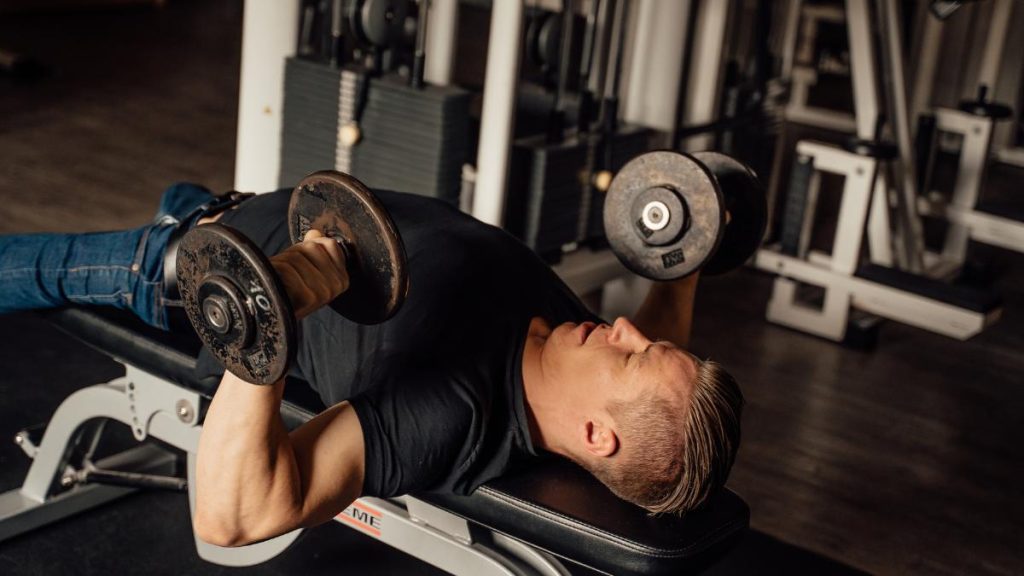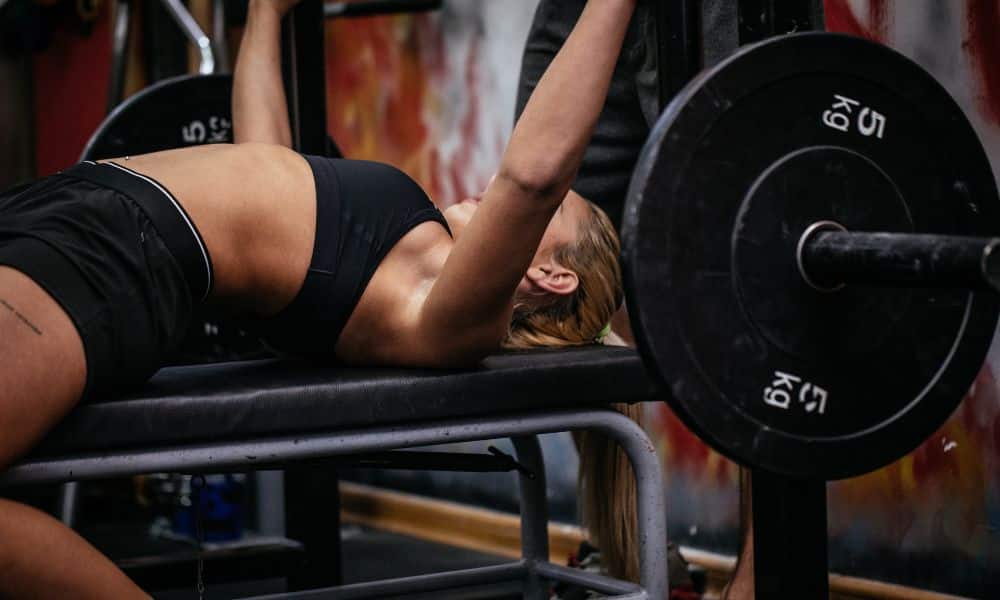Progressive overload is one of the foundational principles of muscle growth. If you aim to build a massive chest, mastering progressive overload can help you achieve those goals faster. Progressive overload involves gradually increasing the stress placed on the muscle, compelling it to adapt and grow stronger over time. Let’s explore how to use progressive overload effectively for maximum chest growth.
What Is Progressive Overload?
Progressive overload refers to the gradual increase of stress on the body during training. This increase can come from adding more weight, increasing the number of sets or reps, or enhancing the intensity of each workout. The progressive overload principle is essential for chest growth, as the chest muscles (pectorals) are robust and resilient, requiring consistent challenges to grow.
By understanding and implementing progressive overload, you can consistently gain chest size and strength. This approach prevents plateaus and keeps the muscle-building process dynamic.
How Does Progressive Overload Build Chest Muscles?
The chest muscles respond to stress by repairing and growing after each workout. When you progressively increase the workload, you push your chest muscles to work harder than before, causing micro-tears that repair and build the muscle bigger and stronger. This cycle of stress and recovery is crucial for hypertrophy (muscle growth).
Some essential methods for applying progressive overload to your chest muscles include:
- Increasing weights: Gradually lift heavier weights to push your muscles further.
- Adding more reps and sets: Challenge the muscles by doing more reps or sets, focusing on maintaining proper form.
- Decreasing rest time: Shortening rest intervals helps you maintain intensity and improve muscle endurance.
- Improving form and range of motion: Executing each movement with better control or a greater range of motion enhances muscle engagement.
What Are the Best Exercises for Progressive Overload on the Chest?
Here are some practical exercises to help you apply progressive overload for chest growth. Aim to include a mix of compound and isolation exercises to target different areas of the chest.
1. Bench Press (Barbell or Dumbbell)
The bench press is one of the best compound exercises for chest development. Adjusting weights, reps, and rest periods, you can progressively overload the pectoral muscles efficiently.
- Goal: Start with a manageable weight and gradually increase. Add 5-10 lbs weekly if you’re maintaining form.
- Tip: Perform 3-4 sets with 6-10 reps, adjusting weight as strength improves.
2. Incline Bench Press
Incline bench presses target the upper chest, helping to build a balanced and full chest appearance.
- Goal: Begin with a lighter weight than your flat bench press, as the incline press demands more from the upper pecs.
- Tip: Increase weight or reps weekly, maintaining controlled movements to engage the upper chest fully.
3. Chest Dips
Chest dips are highly effective for targeting the lower chest. By leaning slightly forward, you can engage the lower pecs more effectively.
- Goal: Begin with body weight and, as strength increases, add weight via a dip belt.
- Tip: Aim for 3 sets of 8-12 reps, adding weight every few sessions.
4. Cable Flyes
Cable flyes are an excellent isolation exercise for the chest. By adjusting the cable height, you can target different chest parts.
- Goal: Focus on a moderate weight with high reps (10-15) for better isolation.
- Tip: Gradually increase weight or add extra sets to intensify the workload.
How to Implement Progressive Overload in Your Chest Workouts
To maximize chest growth, structure your workouts to intentionally incorporate progressive overload. Here’s a sample chest workout that applies progressive overload principles:
- Warm-Up: 5-10 minutes of light cardio followed by dynamic stretching.
- Bench Press: 4 sets of 6-8 reps (increase weight gradually).
- Incline Dumbbell Press: 3 sets of 8-10 reps.
- Weighted Chest Dips: 3 sets of 8-12 reps.
- Cable Flyes: 3 sets of 10-15 reps (vary the cable height each week).
- Cool-Down: Stretch the chest muscles for flexibility and recovery.
Weekly Progression Plan:
- Week 1: Establish a baseline weight for each exercise.
- Week 2: Add 5-10 lbs to the bench press and incline press.
- Week 3: Increase reps in the dips and cable flyes by 1-2.
- Week 4: Reassess and add weight or adjust rest time between sets.
How to Track Progress for Maximum Chest Growth
Tracking your progress is key to ensuring you’re applying progressive overload effectively. Here are a few ways to track:
- Weight and Reps Log: Document the weight lifted and reps completed for each exercise. Use a journal or a fitness app.
- Photographic Progress: Take weekly or bi-weekly photos to assess changes in muscle size and definition visually.
- Performance Review: Assess how your strength has improved every 4-6 weeks and adjust the workout plan if you’re not progressing.
Common Mistakes to Avoid with Progressive Overload
Using progressive overload incorrectly can lead to injuries or stagnated progress. Avoid these common pitfalls:
- Increasing weight too quickly: Add weight incrementally to maintain proper form and avoid injury.
- Neglecting form: Lifting heavy is pointless without good form. Prioritize quality over quantity.
- Skipping rest: Muscles grow during recovery. Ensure you’re getting adequate sleep and rest between workouts.
- Ignoring warm-up and cool-down: Preparing your muscles for heavy lifting and relaxing afterward helps prevent injuries and improve flexibility.
Key Takeaways: How to Maximize Chest Growth with Progressive Overload
- Apply progressive overload consistently: Increase weight, reps, or sets regularly for optimal results.
- Use a variety of exercises: Target all parts of the chest to promote balanced muscle growth.
- Track your progress: Keep a log of weights, reps, and sets to ensure continuous improvement.
- Avoid common mistakes: Proper form and gradual progression are critical to maximizing gains and minimizing injuries.




